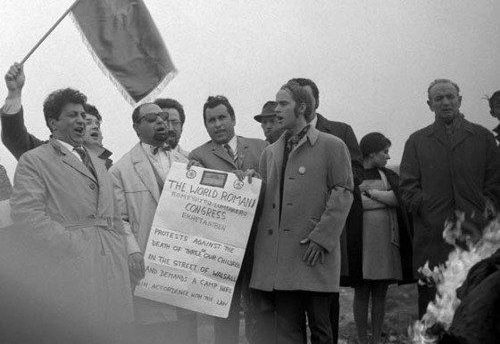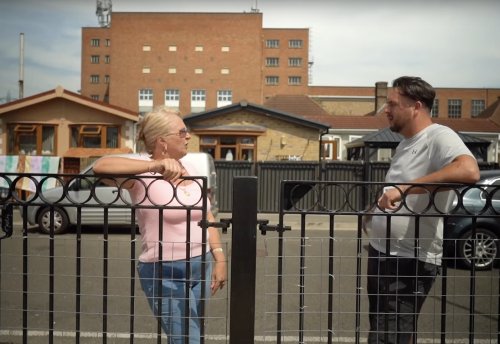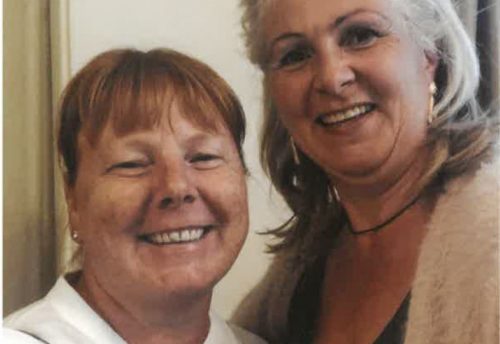Growing up in South London, there was always a look of incredulity when I told people that I lived on a Travellers’ site. It clashed with their understanding of urban life and their perceptions of Travellers. This bothered me in many ways, not least because it sent a subliminal message that London wasn’t a place for Travellers. That it wasn’t a place for people like me. As though Travellers and Non-Travellers couldn’t co-exist in harmony.
The media plays a big role in the social construction of Gypsies and Travellers, creating two conflicting images that don’t always reflect the realities of Travellers today. On one hand, images of unauthorised encampments are used to demonise current day Gypsies and Travellers. Simultaneously, there are romantic portrayals of historical nomadism in horse-drawn wagons in open fields.
These are pictures that are, in many ways, unrelatable for a Traveller like me who grew up on a site tucked between a sprawling council estate and affluent Victorian townhouses in the shadow of a long disused factory. There’s a childhood picture of me with my siblings and cousins on the site above, taken around 2003. I’m, back left, looking rather serious.
Taking part in London Gypsies and Travellers’ “Mapping the histories of Gypsies and Travellers in London” project has allowed me to claw back some of my claim to London. The project maps population data, sites and tenures across every London borough, and compiles stories, photos, videos and voices of Travelling Showpeople, Irish Travellers and Romany Gypsies.
It has shown people that the presence of Gypsies and Travellers in London isn’t some anomaly – but that we have been here for years and years. We have played a big part in the life of this city – whether in the construction of roads and buildings, or trading in markets and dealerships, or attending schools and universities. We are Londoners too.
Whilst allowing me to reconnect with the experiences of my parents and grandparents, this project has also reaffirmed a love for not only the site where I grew up but for the city I live in.
With the growing gentrification of South London and the construction that is popping up all around us, I can’t help but be concerned. I worry for the home I grew up in. Councils exclude us from their local plans for the future, and the position of current sites is precarious – with the grabbing hands of developers not far from our doors. While they may claim that the arrival of Gypsies and Travellers is new and unwanted, this project has shown that we have lived here for many years – not just as separate communities but part of the local community.
Like an obituary, the maps which this project has produced will be proof of our existence, even when the state denies us and those who are old enough to tell the stories are dead and gone.


